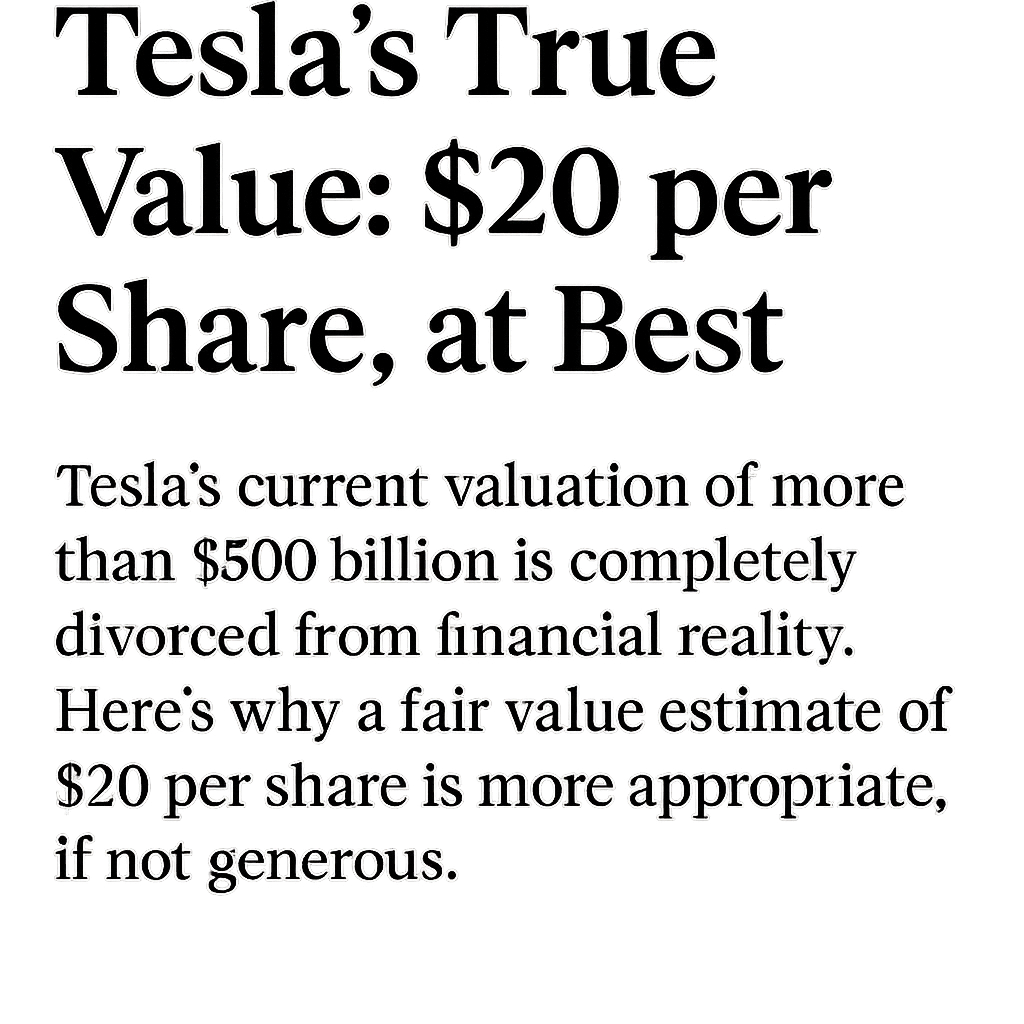
Tesla is one of the most overvalued companies in modern financial history. Despite declining margins, missed product deadlines, and competition eating away at its market share, Tesla continues to trade at levels that imply decades of exponential growth, groundbreaking product execution, and monopolistic dominance in multiple sectors. The reality? None of those assumptions hold up to scrutiny.
As someone who believes in fundamentals, numbers, and the core principles of value investing, I wrote this article to lay out the clearest case possible: Tesla’s true value is closer to $20 per share — and that’s being generous. I’m not writing this out of spite — I just don’t want to see everyday people collectively lose a trillion dollars. Many investors are overexposed to Tesla through retirement accounts, index funds, and pension plans, often without even realizing it.
1. Valuation vs. Reality: The P/E Illusion
As of March 2025, Tesla trades around $280 per share, with a P/E ratio of roughly 150. With earnings projected to drop 30% this quarter and even more in Europe and North America, that figure could soon be well above 200, or even 430 if you strip out regulatory credits that account for much of Tesla’s profitability.
For comparison:
- Ford and Toyota have P/E ratios of 10–12.
- They sell more cars and pay dividends.
- Tesla’s 150x multiple implies it’s not just a car company but a tech company with software margins. That narrative falls apart under real scrutiny.
If Tesla were priced like Ford or Toyota (10x earnings), its share price would be:
- $7B earnings ÷ 3.2B shares × 10 = ~$21.88/share
- $5B earnings ÷ 3.2B shares × 10 = ~$15.63/share
- $4B earnings ÷ 3.2B shares × 10 = ~$12.50/share
2. $55 Billion Compensation vs $36 Billion in Total Profits
Elon Musk’s $55 billion compensation package was not only excessive — it was larger than all of Tesla’s lifetime net income combined. As of January 2025, Tesla’s total cumulative net income is around $36.09 billion. That means Musk has secured a payout 1.5x larger than the company has ever earned.
This compensation was tied to market cap milestones, not operational or product success. It encouraged hype over delivery, vaporware over profitability. It helped drive the very narrative bubble that made Tesla look more valuable than it is.
Musk didn’t do this alone. Tesla’s board, including his own brother Kimbal Musk, approved these terms. Board members have also been cashing out over the past year, selling tens of millions in stock while retail investors held the bag.
Tesla insiders have not bought shares in years.
3. Regulatory Credits: The Hidden Crutch
Tesla’s profitability has long depended on regulatory EV credits, which are payments Tesla receives from other automakers who fail to meet emissions standards. These are not recurring revenues and have nothing to do with actual product competitiveness.
Some years, credits made up over half of Tesla’s net income.
This is not sustainable. Governments around the world are slashing these credits. In March 2025, Canada froze $43 million in EV rebate payments to Tesla and barred the company from future participation, citing tariff violations. Tesla had previously claimed $713 million in Canadian EV rebates since 2019.
This pattern is likely to continue. And without credits, Tesla’s real earnings collapse.
4. FSD: Deferred Revenue Tricks, Safety Flaws, and Hardware Shortcomings
Tesla books Full Self-Driving (FSD) revenue as deferred, allowing it to inflate its cash flow without delivering the promised product. As of now, FSD still requires full driver supervision and doesn’t meet the definition of autonomy.
Only about 2% of Tesla buyers purchase FSD. Other automakers offer better or comparable driver assistance systems for free, while Tesla charges $8,000 to $15,000 — and makes you repurchase it with each new car.
According to Consumer Reports, Tesla’s system consistently ranks below offerings from GM (Super Cruise), Ford (BlueCruise), and Mercedes-Benz, all of which allow for longer hands-free operation with fewer interventions. A 2023 NHTSA safety study also showed that FSD required interventions as frequently as every 100 miles, while the average American drives 500,000 miles between accidents. That suggests FSD may be less safe than a human driver.
Why? Because Tesla’s hardware is worse than a human’s. The FSD vision system reportedly operates at 720p resolution and 18 frames per second — far lower than the information-processing capability of the human eye. For comparison, most modern gaming monitors run at 144 fps or higher, and our natural vision operates without “frames” and in near-total real-time with much greater peripheral depth.
Tesla omits LiDAR, a critical sensor used by nearly every other autonomous driving platform, including Waymo and Cruise. Without it, the car can’t reliably detect obstacles. In one case highlighted by YouTuber and former NASA engineer Mark Rober, a Tesla using FSD drove directly into a physical wall painted to look like an open road. LiDAR would have easily caught that and did in the same video with offerings from competitor car companies.
FSD also introduces enormous legal liability. If Tesla ever enables true full autonomy, the company could become responsible for billions in accident-related lawsuits. So even success poses downside.
This is not a moat. It’s a software grift — and a liability.
Below is a visual of Tesla’s FSD system in action. Notice the frame rate shown at the top: “Display fps: 24.27” and “Draw fps: 12.92”, well below even basic modern hardware standards. In practice, these values often fluctuate, and some users report peak operation closer to 18 fps — a level that would be unplayable in any driving video game, let alone trusted for real-world navigation.
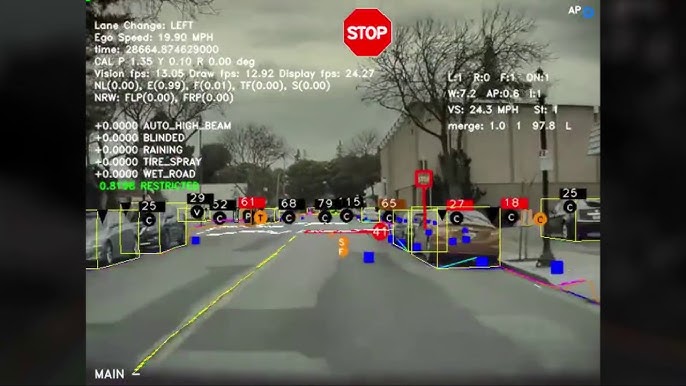
This inconsistent low-frame-rate performance makes it fundamentally incapable of matching human reaction time — let alone surpassing it — and it’s further proof that Tesla’s refusal to adopt LiDAR and other industry-standard tools is a fatal flaw.
5. Energy, Charging, and 4680 Battery Hype
Tesla bulls often point to the company’s energy division, battery tech, or charging network as justification for the valuation. But these are low-margin, capital-intensive sectors that simply cannot generate orders of magnitude profit.
Even the largest gas station chains (like 7-Eleven) have modest valuations. Tesla’s 4680 battery tech is still unproven and hasn’t delivered game-changing energy density. And its energy products face stiff competition with little differentiation.
The entire energy sector is known for low margins, and no reasonable investor would believe these divisions can replace declining vehicle sales.
6. Musk’s Distractions and Conflicts of Interest
Elon Musk is not focused on Tesla. He is frequently seen with political figures, dabbling in international affairs, and managing multiple other companies including X/Twitter, XAI, and Grok.
Twitter alone is reportedly worth less than half of what Musk paid, now saddled with $13 billion in debt and struggling to generate enough income to service it. Despite that, Musk recently convinced another investor to buy in at his original price, just to keep the valuation from crashing.
He has also funneled Tesla talent and AI resources into his side ventures, essentially siphoning value from Tesla for personal gain. This is a major governance issue.
7. Vaporware: Roadster, Semi, Robovan
Tesla has collected over $250 million in reservations for the next-generation Roadster, which has not been delivered. Many customers paid $250,000 each, and many others between $50,000 and $64,000. The car doesn’t exist. Musk even claimed it might be able to hover using cold gas thrusters, like something out of Back to the Future.
Total customer deposits for undelivered products, including the Tesla Semi, may exceed $1 billion. The Semi has barely shipped, generates almost no revenue, and has been seen broken down in public. Its most visible role has been delivering potato chips.
Tesla has even floated the idea of a Robovan — a product that likely won’t be built and adds to the long list of undelivered promises.
8. Optimus: Overpriced Robots for a World That Can’t Afford Them
Tesla’s humanoid robot, Optimus, is a narrative product, not a real one. The first demonstration featured a human dancing in a costume. That set the tone for the entire project.
Even if a general-purpose robot were possible, it would likely cost millions of dollars. Tesla suggests a price around $30,000, but the average global income is under $10,000 per year. Most Americans couldn’t afford it either.
General-purpose robotics are extremely difficult. Human biology is far more efficient. Our energy density is higher. We don’t require charging ports. A nanny, housekeeper, or assistant is cheaper, safer, and more flexible. And they benefit society.
The only realistic use case for Optimus is sending a few demo units to influencers or streamers for hype purposes. The chance that this becomes a major revenue driver is close to zero.
9. BYD and the Competitive Reality
BYD plans to sell 5.5 million vehicles in 2025. That’s more than double what Tesla is projected to sell. BYD offers better value, more variety, and has already integrated advanced driver assistance into its lineup.
Tesla’s first-mover advantage is gone. Its competitors are not just catching up — they’re passing it.
10. The Math Doesn’t Add Up
Tesla trades around $280/share. Let’s do the math.
Tesla’s estimated real annual earnings (excluding regulatory credits and factoring in a 30% drop) are around $7 billion. With 3.2 billion shares outstanding, here’s the valuation at a reasonable multiple:
- 15x earnings = $7B x 15 = $105B
- $105B / 3.2B shares = ~$32.80/share
If real earnings are lower, say $5 billion:
- 15x earnings = $75B
- $75B / 3.2B shares = ~$23.44/share
If Tesla earns $4 billion this year:
- 15x = $60B market cap → ~$18.75/share
Compare that to the same earnings at 10x multiples:
- $7B x 10 = $70B / 3.2B shares = ~$21.88/share
- $5B x 10 = $50B / 3.2B shares = ~$15.63/share
- $4B x 10 = $40B / 3.2B shares = ~$12.50/share
No guesswork. No need to invent new math. No politics. Just basic valuation logic.
Even if you give Tesla every benefit of the doubt, $20/share is still generous.
The rest is narrative — and it’s unraveling.
Written by Preston Shamblen
PrestonShamblen.com
Discover more from Preston Shamblen
Subscribe to get the latest posts sent to your email.



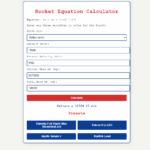
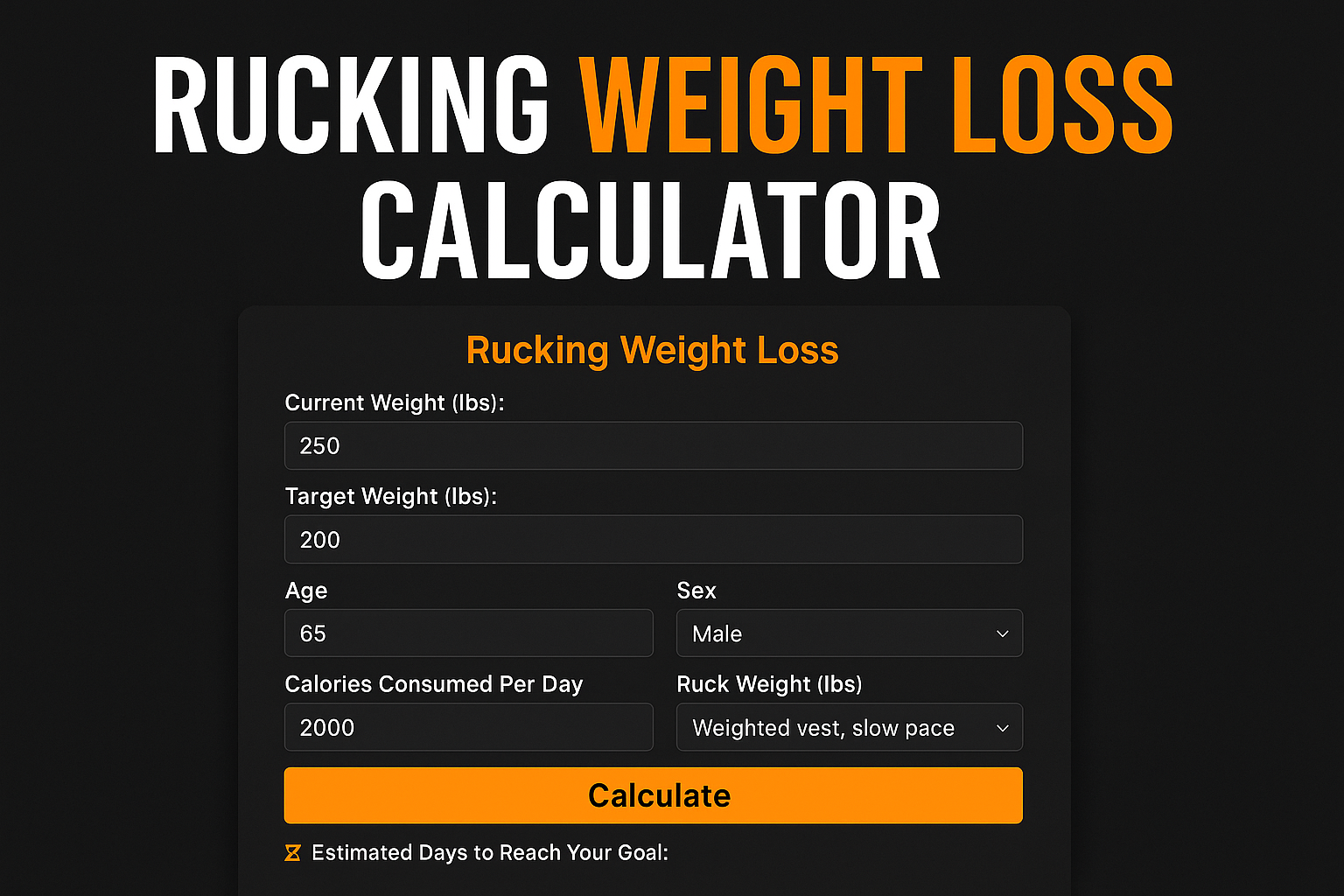


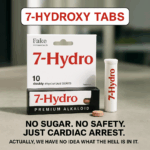


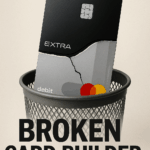
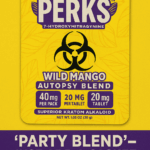

Pingback: If You’re Buying Tesla Stock Today, The Joke’s On You - Elon Musk Arrested